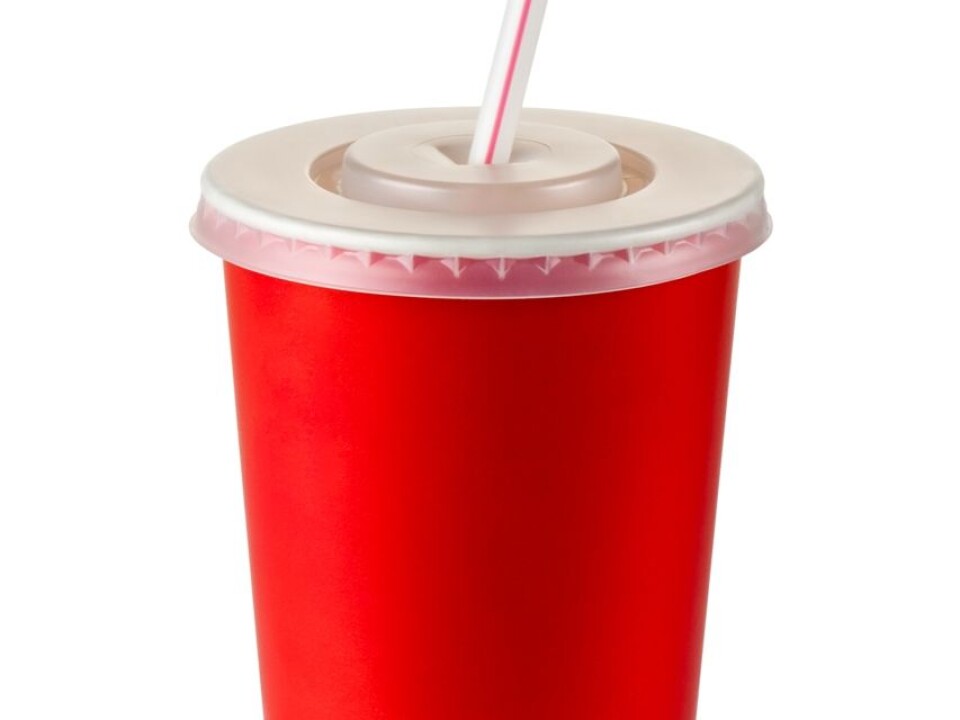This article was produced and financed by Oslo Metropolitan University

Better food provision could save more drug addicts
Malnutrition is a significant cause of declining health among illicit drug addicts, and is probably an underestimated factor in drug-related deaths.
Denne artikkelen er over ti år gammel og kan inneholde utdatert informasjon.
“Constantly on the run from abstinence, creditors, and the police, drug addicts lead a stressful existence on the fringes of our welfare society. They have little time for food, and all their bodily functions – including their ability to absorb nutrients – are impaired,” says Mone Eli Sæland.
“It is therefore natural to think that these people are in danger of dying from malnutrition and exhaustion in addition to the ever-present risk of overdose which all heavy drug addicts have to contend with,” she adds.
Mone Eli Sæland is a researcher at the Department of Health, Nutrition and Management at Oslo and Akershus University College of Applied Sciences. She has conducted the first – and so far only – comprehensive study on the dietary habits and nutritional status of Oslo’s illicit drug addicts.
195 drug addicts
Sæland’s thesis, entitled ‘Eating on the Edge’, which she recently defended for her doctorate in medicine at the Faculty of Medicine at the University of Oslo, is the result of several years’ working together with colleagues among 195 heavy drug addicts.

The thesis is based on a study of the drug habits, infection status, food access, dietary patterns, blood samples, and measurements of height, weight, and mid-upper arm circumference of drug addicts.
Charitable organisations, among them the Salvation Army, were important cooperation partners for gaining access to participants for the study.
The typical drug addict
The typical drug addict is male, in his thirties, with a history of between ten and fifteen years of drug addiction behind him. He has often been in contact with various parts of the social services system.
Every second addict suffers from a mental disorder, and post-traumatic stress syndrome is common. Their backgrounds often include dropping out of school, no job, no regular income, and no – or no permanent – place to live. Their childhoods were characterised by neglect and poor diet.

The same factors apply for the relatively smaller number of female addicts, though in addition prostitution is often used as a means to finance their addiction.
Most of the drug addicts who took part in the study used several types of substances, and more than 80 percent regularly injected heroin.
Only 20 per cent of the participants had any form of permanent accommodation; most of them lived on the street.
Soft drinks most popular
50 percent of the illicit drug addicts, who took part in the study, reported that they bought most of their food themselves. Sæland found that the quality of this food was generally poor, with fewer nutrients and higher sugar content compared with the food offered by help organisations.
“Heroin triggers a preference for sweet taste, and as much as 30 percent of energy is derived from sugar,” says Sæland.
Sugar-sweetened soft drinks represented the most popular foodstuff among the drug users; on average 6 dl per day.
Injection room
The researcher believes that organised food programmes are through among others The Salvation Army, do a great job for drug addicts.
However, these organizations are normally open during the daytime, which is when many drug addicts are sleeping or resting. Because they are normally active during the evenings and at night-time, Sæland thinks that round-the-clock food provision could reach more drug addicts with healthy food.
“I would like to see round-the-clock measures to ensure that these people are adequately provided with good food to counteract poor nutrition more effectively and thus facilitate an improvement in their state of health,” Sæland states.
In Norway’s capital, Oslo, heroin addicts have access to a supervised injection room.
Here, clean needles are provided, and the possibility to inject their heroine indoors.
The objective is to contribute to greater dignity for long-term heroin addicts by providing an hygienic environment and supervision of healthcare professionals. Thereby prevent infections and provide faster help for victims of overdoses.
Nutritional status of hash smokers better
In the injection room, only injecting is allowed. Smoking – either heroin or any other substances such as marijuana or hash – is not allowed. This is currently a subject of discussion in Norway.
“It is a bit strange that someone has to inject heroin in order to qualify for using this room. Would it not be better if drug addicts would smoke hash rather than shoot heroin?” Sæland asks.
She claims that smoking hash results in almost no overdoses and is far less dangerous than using heroin.
“What’s more, hash increases appetite. We found that the nutritional status of hash smokers was better than that of heroin injectors,” says Sæland.




































